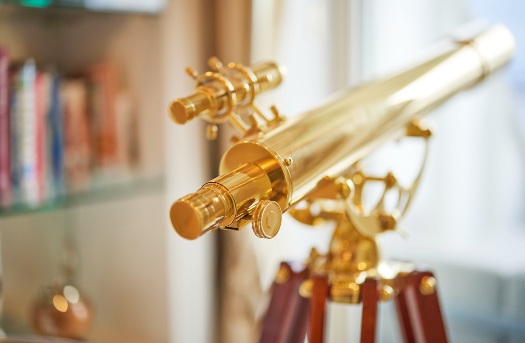Exploring the many rich histories of Manta, Ecuador
The port city of Manta (north of Guayaquil) is one of Ecuador’s largest cities. While it is primarily a seaport – home to the country’s major tuna fishing fleet – Manta is also a center for the chemical industry. The nearby town of Montecristi is known for its colonial architecture and being the home of the “sombreros de paja toquilla”, known around the world as “Panama hats”, an Ecuadorian original hat that had its origins in Montecristi. The Spanish name, “sombreros de paja toquilla”, comes from the weaving of the toquilla straw to create each hat.
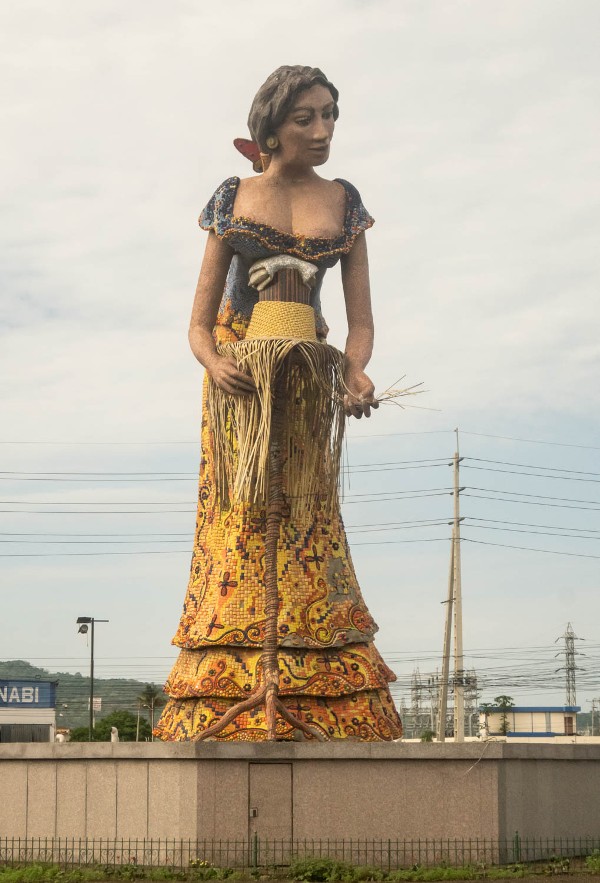
Our first stop on a hillside just outside of the town of Montecristi was a visit to a cabuya plant-weaving factory in Chorrillo, a once-in-a-lifetime experience as the art of weaving cabuya fiber is rapidly dying. Once a vibrant local industry producing 4,000 cabuya bags per day, today this last-remaining factory produces only 200 bags per week.
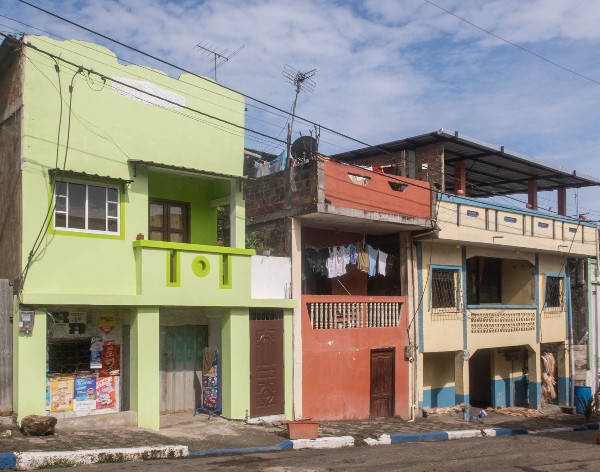
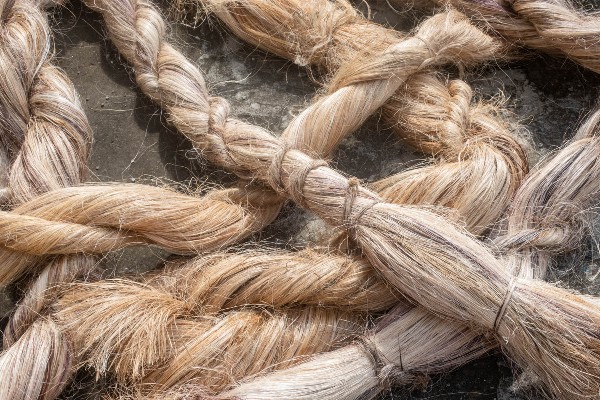
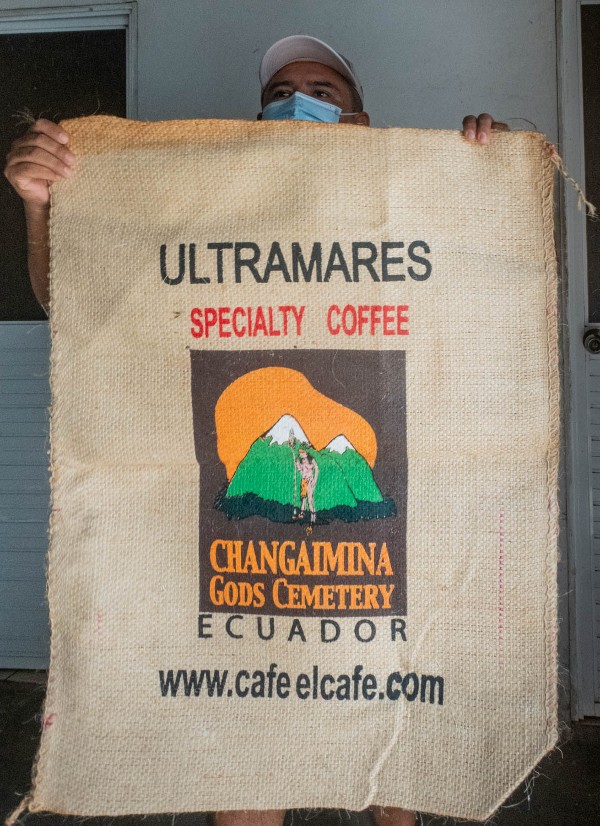
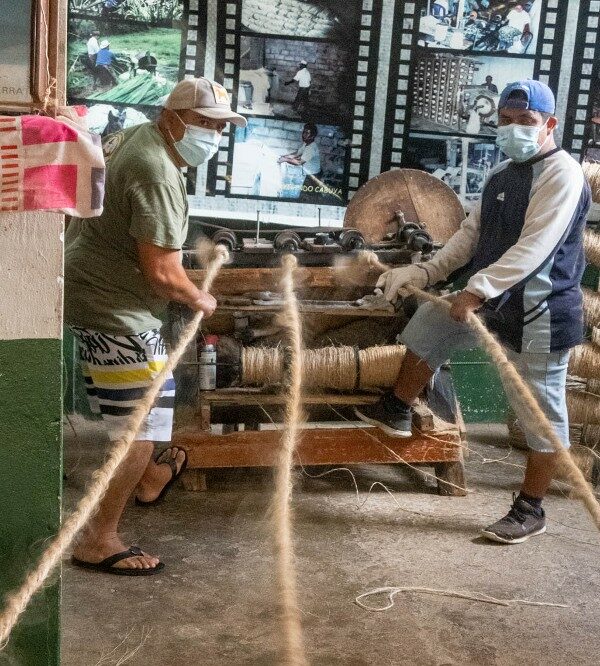
The hillside town of Montecristi is located inland from the port of Manta, Ecuador. The town was formed during the first years of the Spanish conquest (between 1536 and 1537) with settlers from Manta who left their village fleeing pirate attacks. The town is renowned for the production of “sombreros de paja toquilla” (known around the world as “Panama hats”), the best quality of which is named montecristi superfine, after the town.

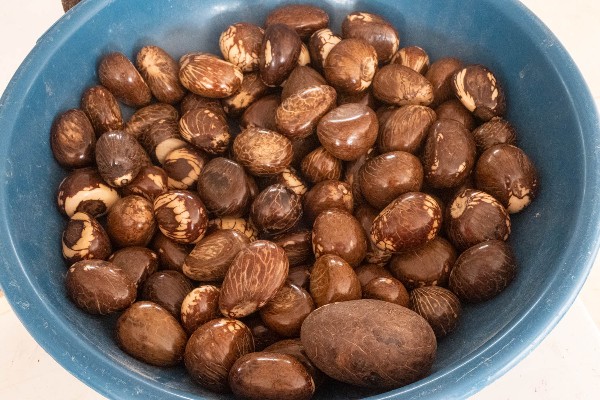
Often called “vegetable ivory,” the tagua nut is used to produce various products including the ubiquitous shirt button. On the outskirts of the town of Montecristi, we had the opportunity to watch a tagua nut carver demonstrate his skills and purchase some of the carved nut animals and other artistic creations.


After driving back to Manta, our last stop on our tour was a visit to the Cancebi Museum in the heart of downtown, in a building dating back to 1918. On display are cultural artifacts related to the daily routines of cholo (fishermen), montubios (countryside workers), and farmers in a beautifully restored 1918 building.
Ready to learn more?
Determine whether life aboard The World is the right fit for you. Talk to one of our Residential Advisors today to learn more about this unique lifestyle, details of upcoming Journeys and Expeditions, and ownership opportunities.
